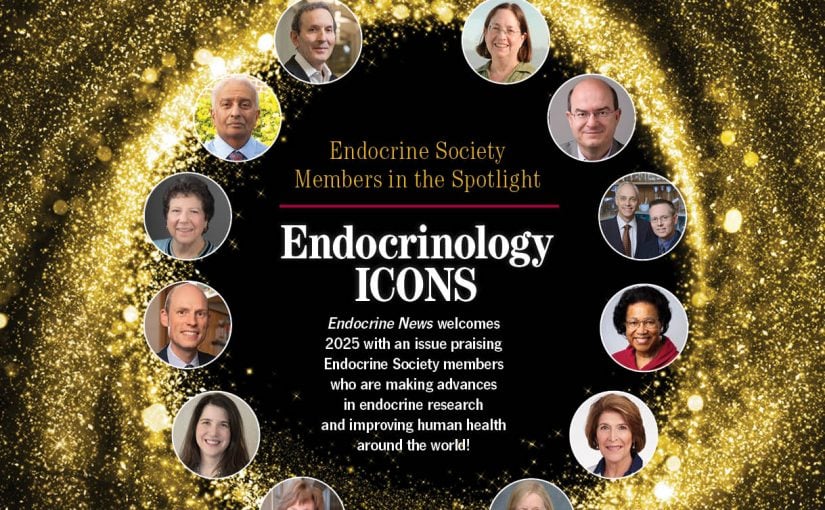On January 12, the Centers for Medicare and Medicaid Services (CMS) announced that it would be including continuous glucose monitors (CGM) in a new category of durable medical equipment for therapeutic use.
This ruling follows many years of advocacy by the Endocrine Society (ES) and its coalition partners to expand coverage for CGM to the Medicare population. The Society is pleased with CMS’s decision to move forward in laying the pathway for coverage of CGM and hopes this changes will result in expanded coverage for some of America’s most vulnerable population.
[The Endocrine Society] and other major diabetes organizations regard CGM as the standard of care for T1D and this decision is a critical first step in making a lifesaving tool accessible to those who are often most in need.
Dr. Nicholas Argento testified on behalf of the Endocrine Society last year to advocate that the U.S. Food and Drug Administration (FDA) allow patients to use the Dexcom G5 CGM for non-adjunctive use. “This is a huge step forward for our T1D seniors, and a victory for the diabetes community,” Dr. Argento said. “ES and other major diabetes organizations regard CGM as the standard of care for T1D and this decision is a critical first step in making a lifesaving tool accessible to those who are often most in need — seniors with T1D, many of whom are long term survivors.“ FDA recently ruled in favor of allowing non-adjunctive use of the Dexcom G5 CGM which enabled CMS to move forward with this decision.
Dr. Anne Peters, chair of Diabetes Technology—Continuous Subcutaneous Insulin Infusion Therapy and Continuous Glucose Monitoring in Adults: An Endocrine Society Clinical Practice Guideline stated that the ruling is in line with “guideline recommendations which clearly state that patients with Type 1 Diabetes should have access to CGM. Just because someone turns 65 or has Medicaid health coverage doesn’t mean they shouldn’t be able to use CGM — in fact, since those individuals have higher rates of hypoglycemia and poorer diabetes outcomes, it seems imperative that they have access to this technology.”
The Society has been working to expand coverage for CGM for a number of years and looks forward to continuing to work with the agency to ensure patient access to these lifesaving tools.

